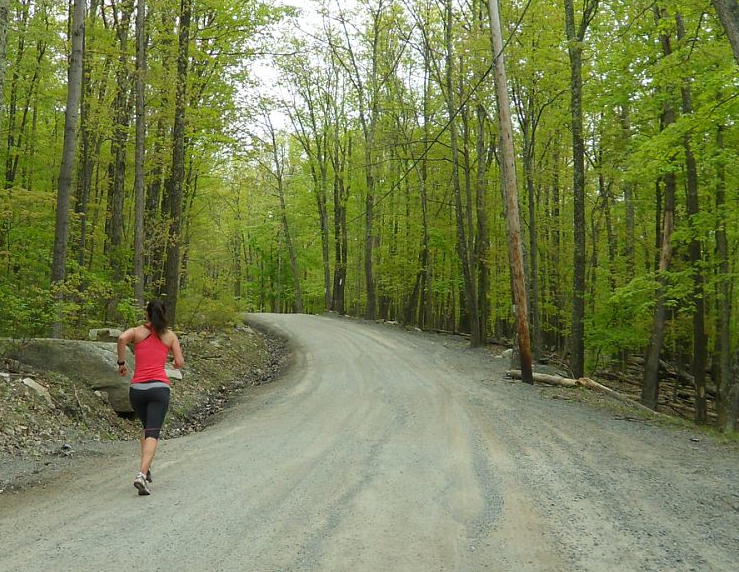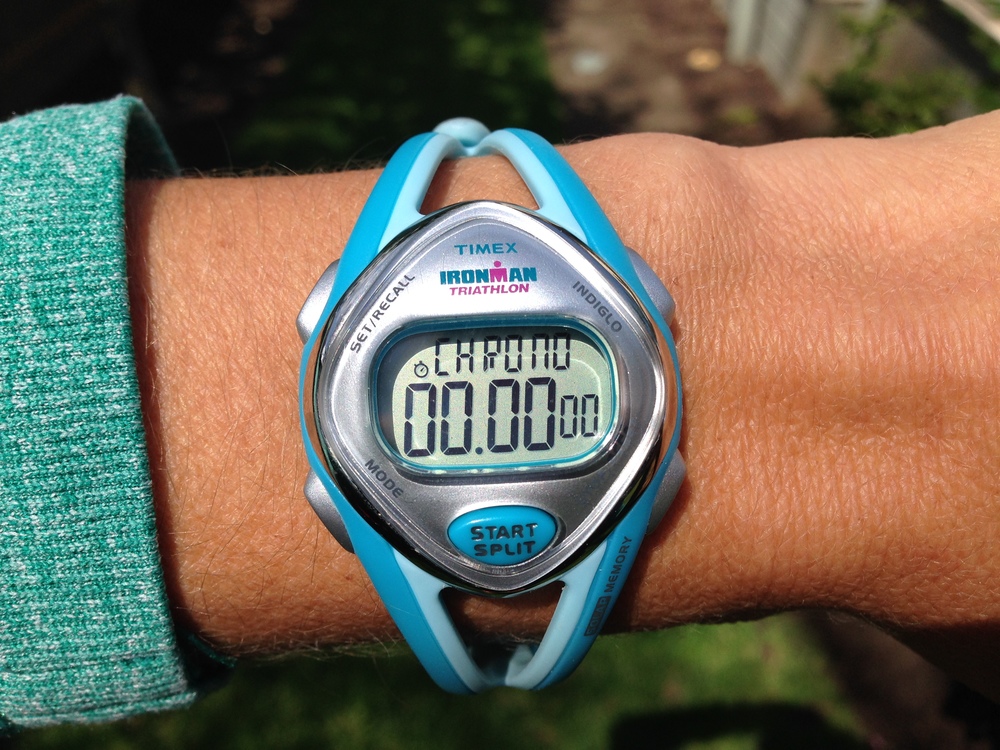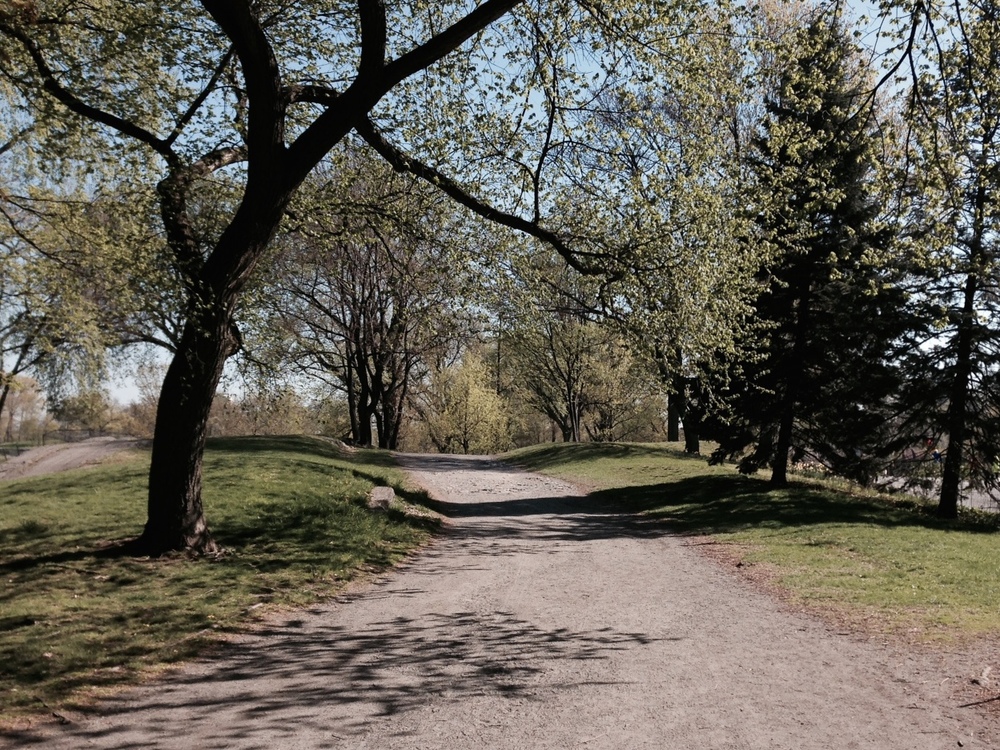Life is about to change yet again for this Hot Bird as I prepare the arrival of our second little bird on or around September 30th! I can’t wait to meet the little one, but I also can’t wait be able to move again.
As anyone who’s been pregnant knows, these final weeks are the most grueling. You are uncomfortable, anxious and ready to reclaim your body. Additionally, like a lot of people will tell you, the second time around has been a little bit tougher on my body. When it comes to exercise, I had to stop pretty much all impact related activity (including running) beginning at the end of June due to what I call an unhappy right hip/pelvis.
Since then I’ve become an “avid” swimmer only to be lapped quite frequently by women more than twice my age. It’s kept me sane and in shape, but I am literally counting the days until I get to trade in my swim cap for my running shoes and hit the trails again.
This is a dangerous time though because it’s easy to forget that I will not only be recovering from labor and delivery, but also from 9 months of growing a baby (and an unhappy hip). All that extra weight and the crazy hormones cause changes to your body that don’t bounce back as quickly as the size of your uterus (which shrinks back up to it’s original size, not tone, in around 6-8 weeks postpartum). As a result, I have to remind myself that although my body will be baby free by the beginning of October, it won’t be until 2016 when I start to feel whole again on the trails.
So, it’s time to set realistic goals for my postpartum return. I encourage other expecting runners to do the same. As my guideline, I will follow the advice I provided in my Trail Runner article, “Returning to the Trails After Pregnancy.” In this article, I remind expecting mothers and newly postpartum runners that it’s best to hold off from running for at least 6 weeks. During this time you should work on reconnecting with your core and realigning your center of gravity. Stick to low impact activities and rather than intensity, set goals for frequency. Begin to figure out how exercise fits into your new schedule.
Once ready to start running again, it is essential to avoid overdoing it. Believe me, this is hard, but patience pays off. If you want a race to motivate you through your recovery, choose one that gives you ample time to build back up. Since I’m due at the end of September, I’m looking at a mid to late spring half that I can train for and feel strong about without feeling like I’m pressed for time or racing to get to the starting line feeling ready. This worked really well last time.
After the birth of my daughter two years ago, I waited 6 weeks full weeks to run, then enjoyed two months of running without stressing about my mileage, my time or how I felt. During this time I truly soaked up the ability to run and feel good about it before worrying about how fast or long I was running. By springtime, I was feeling strong. Then, in the fall, a year after my first birth, I PR’d the NYC marathon with a 3:16 finish (6 minutes faster than my previous best). I credit this success to my patience and a slow, safe return to running postpartum. It is in these final weeks of pregnancy and the weeks immediately following my delivery that I will need to remember this!


















